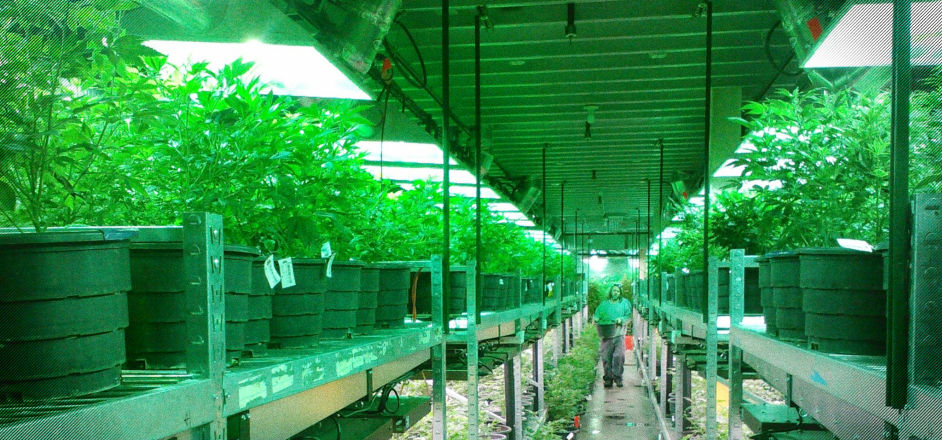Take it outside, girls. Time for marijuana cultivation to move into the sun.
We don't grow corn or most tomatoes inside. Nor flowers, nor tobacco. Weed is the only plant grown indoors in large quantities.
Indoor grow houses sucked up power, this we know, with direct lights from high-wattage bulbs for 12, 18 or 20 hours a day. It often looks more like a tanning bed than an agricultural operation.
But the news that 4 percent of the electricity used in Denver grows weed is astonishing. It was only 1.5 percent five years ago. In California, statewide, 3 percent of all electricity went to legal indoor medical cannabis cultivation — stats taken before the massive state went recreationally legal. That's the same as a million California homes.
Added together, the energy indoor grows use for one year could power the Las Vegas strip that same year*. This, is a problem.
When you think that most of that energy comes from natural gas, coal and other dead dinosaur fuels, it wouldn't be wrong to want to dunk your head in a vat of marijuana distillate.
As more states legalize weed — the number is up to 29 now, with more likely on the way in 2018 — demands for indoor energy will soar.
Sure, there are good reasons to grow pot inside. It offers multiple harvests per year and shorter grow times.
And, sure, some growhouses are switching from fluorescent lights to more efficient LEDs. Clever, responsible, money saving.
But it jostles the old brain into remembering that growing a plant under lights is as natural as raising cattle in closets.
In fact, most pot is grown outside. Nationwide, an estimated two-thirds of all pot is grown outdoors. Worldwide, it's much higher than that.
Pot used to be grown indoors because you had to hide it. Those days are ending; so maybe it's time to end this 40-year adventure of acting like cannabis is a menace — a ghost, a gun, a baby-killer — that has to be hidden indoors in locked rooms like green Jeffrey Dahmers.
There are advantages to embracing outdoor grows. Pueblo, a sparsely-populated county in south central Colorado, has turned itself into the "Napa Valley of weed." Outdoor plants produce multiple times as much as indoor plants. And if all indoor operations were moved outdoors, we could save 20 trillion watt-hours every year, enough to power Vancouver, Seattle, Portland and San Francisco.




Leave a Reply